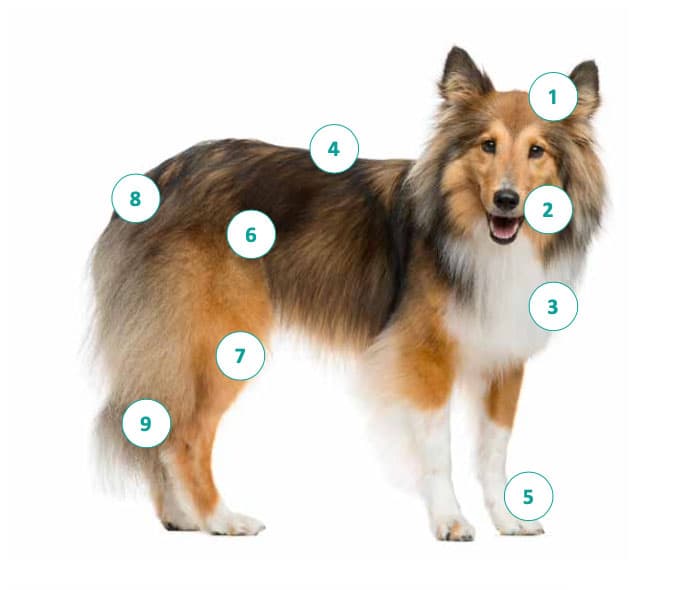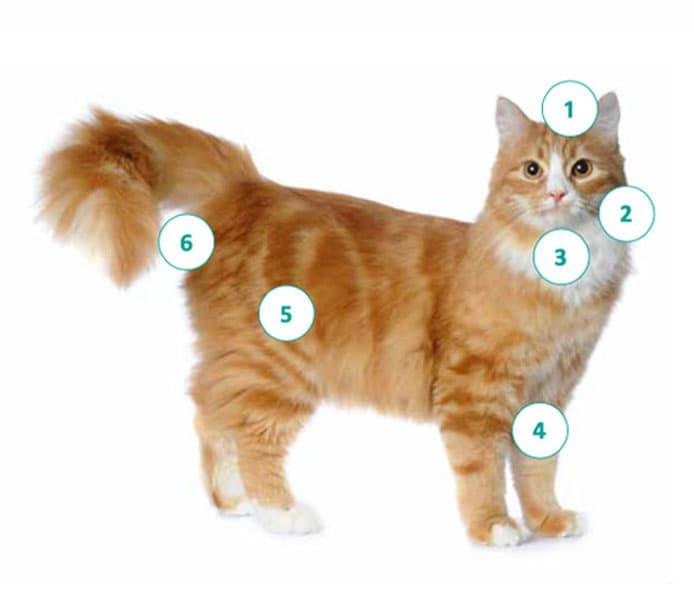Pain Management
Back to Fact Sheets
A guide to pain management for the veterinary patient
Download PDF
Clients referred to our practice for pain management will receive a full consultation with one of our highly experienced Anaesthesia and Analgesia team. They will benefit from a full physical examination and an individual treatment plan will be produced based on the patient’s assessment and history.
Cancer patients can also benefit and there are situations where, for medical reasons such as liver and kidney diseases, medications such as non-steroidal anti-inflammatory drugs (NSAIDs) are not appropriate to be used. We aim to obtain greater pain relief and reduce side effects by a combination of acupuncture and new classes of drugs.
For many animals, living with pain is unfortunately a sad fact. Pain in the short-term (acute pain) can have a beneficial effect as it tells the body that something is wrong.
Conditions that can cause chronic pain in dogs
- Acute & Chronic Otitis
- Gingivitis
- Hot Spots/Eczema
- Degenerative Disc Disease
- Lick Granulomas
- Hip Dysplasia
- Arthritis
- Anal Gland infections/abscesses
- Degenerative Joint Dise

Conditions that can cause chronic pain in cats
- Acute & Chronic Otitis
- Gingivitis
- Hot Spots/Eczema
- Degenerative Disc Disease
- Lick Granulomas
- Hip Dysplasia
- Arthritis
- Anal Gland infections/abscesses
- Degenerative Joint Dise

However, when a pet experiences protracted pain (chronic pain), it could cause modifications in the spinal cord and brain which could result in a heightened perception of pain, which can, in turn, lead to a constant state of pain which is extremely detrimental to the quality of life of your pet. Chronic pain has no benefit and it is difficult and complex to treat.
Manifestations of chronic pain can be subtle, but you should look out for:
Behavioural changes
becoming quieter or showing unusual signs of aggression
Irritation
excessive licking, scratching or self-mutilation
Inactivity
becoming quieter or showing unusual signs of aggression
Appetite decrease
leading to weight loss
Grooming lessens/stops
greasy and badly kept coat
What we do at your pain management appointment
We start by taking a full and detailed medical history, making notes about current and past medication. We discuss any recent changes in behaviour, appetite, mobility and gait.
A full physical examination is carried out.
Based on the patient’s assessment, history and identified problems, we set up an individual pain management therapy plan, tailored to your pet’s specific needs.
To monitor the results, we may ask you to complete a questionnaire at home. As you know your pet better than anyone, you are the best person to monitor progress.


